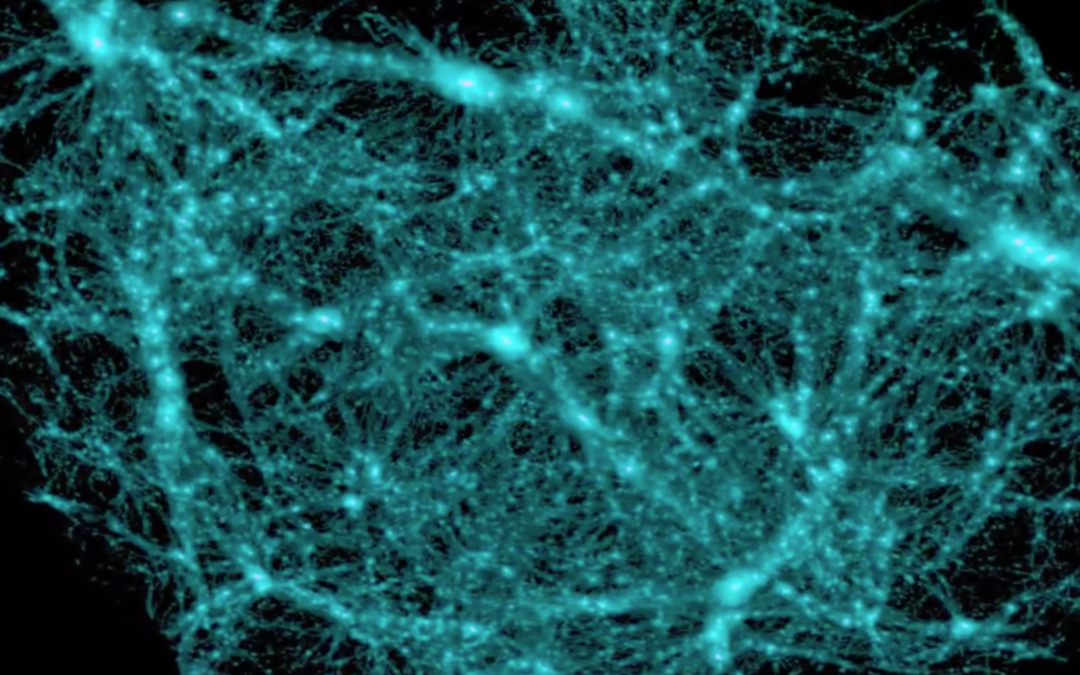Anyone who remembers science lessons from school knows that ordinary matter is made of atoms, those tiny structures composed of neutrons and protons in the nucleus and electrons that surround it. Every object known by the humankind, from huge galaxies to small insects, is made of ordinary matter, but… What else may exist? What kind of particles are created in high energy laboratories? What’s a neutrino? What are air showers made of? Should we expect to find other types of matter in the future? Did some other kind of matter exist in the past? To answer all these questions the Space Robotics multimedia department has created a new mini-documentary-film “Strange Matter: A journey through Particle Astrophysics”, which was presented to the CPAN science-dissemination contest.
About the Documentary-Film
We still have a lot to learn about the ordinary matter; at condensed matter physics laboratories, complex experiments still produce new discoveries and reveal unknown properties of materials at times; however, our knowledge of ordinary matter is pretty extensive by now. Nevertheless, there are many other particles and even types of matter that may lie outside the Standard Model which remain a mystery to us. As these are not part of everyday objects or substances, their study is even more complex and possible scenarios to perform experiments are quite scanty. We might either try to create exotic particles at high energy laboratories or study strange matter from the outer space. This second scenario is exploited by a relatively new branch of physics, “particle astrophysics”, which studies elementary particles of astronomical origin.
In our new mini-documentary-film, we brush up our basic knowledge of the ordinary matter and provide an overview of particle astrophysics, introducing exotic matter such as neutrinos, air shower particles and dark matter. Trough a ten-minute film that combines filmed footage and animated simulations, we inquire in the latest discoveries, new detection techniques, and the most recent unsolved questions. But, rather than writing down the whole script here, we might as well link the free-to-watch film and invite you to enjoy it and send us your feedback.
About CPAN and the contest
CPAN, which stands for “national Center for Particle, Astroparticle and Nuclear physics”, is a project within the framework of CONSOLIDER – Ingenio 2010 program that aims to actively promote the coordinated participation of Spanish scientific groups in cutting-edge research on particle physics, astroparticle and nuclear physics. This proposal aims to enhance the visibility of member groups, reinforce their international competitiveness and ensure a critical mass while optimizing available resources.
As in every scientific institution, outreach is a secondary activity-field at CPAN. Within their science-dissemination programme, CPAN organizes since 2010 an annual short film competition open to anyone who wants to produce educational multimedia material on Particle, Astroparticle and Nuclear physics, and that is one of our strengths! We have already presented our candidacy, now its time for them to judge!
All Images © SpaceRobotics – NubaloStudios


